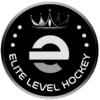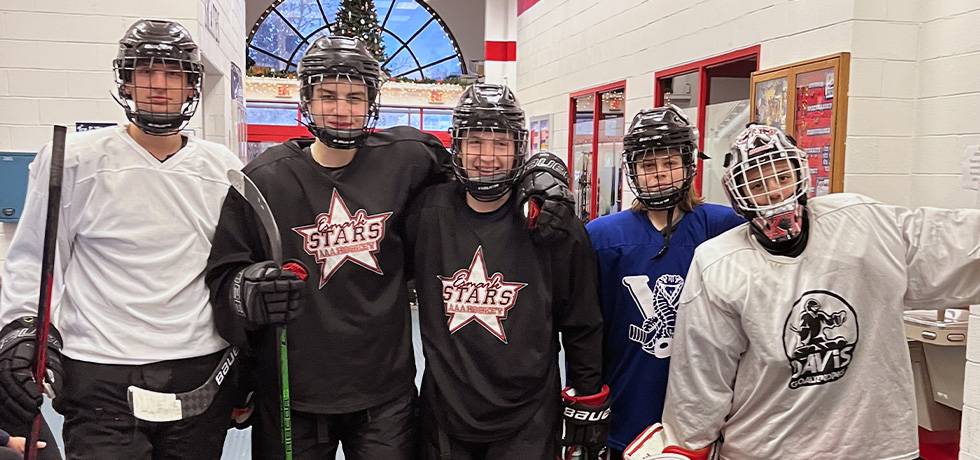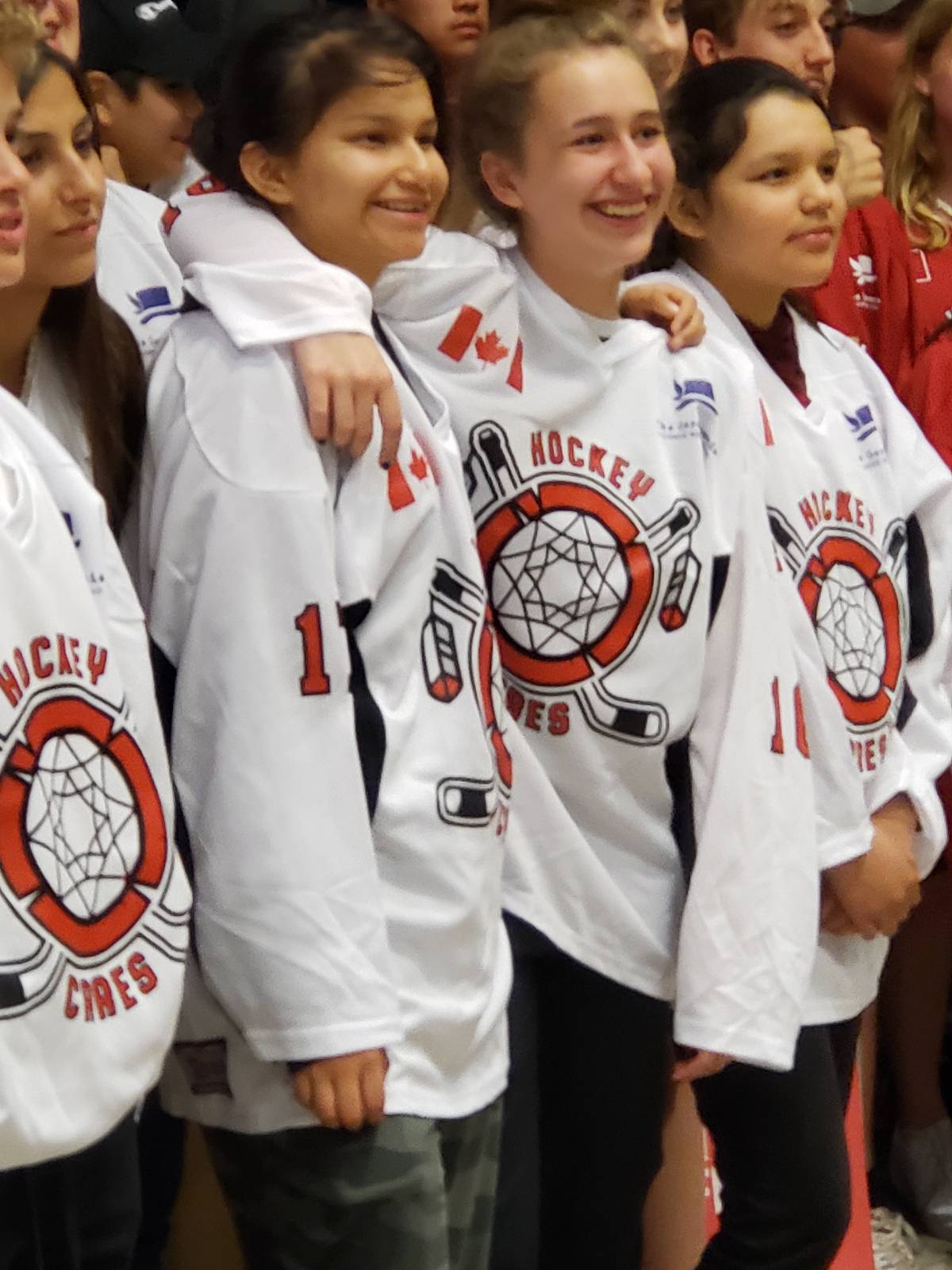As a player, Sam Gagner finds himself at a crossroads in his NHL career. His contract with the Detroit Red WIngs is up. He doesn’t know yet if he’ll be offered a new one.
”I still feel even though I’m a veteran that I have some years left and I can help this group continue to grow,” said Gagner, 32. “I’d like to be back but obviously there’s a lot at play.”
If it turns out that this is the end of the line for Gagner’s pro playing career, he’s already got his post-hockey life all lined up.
Last year, Gagner and John Tavares, the captain of the Toronto Maple Leafs, went in together and purchased the Toronto Marlboros franchise in the Greater Toronto Hockey League.
Much of what he’s learned about the business of hockey Gagner is now implementing on a smaller scale as he helps to run the Marlboros.
“Yeah, I think you learn things all the time about being a player and then it helps you on the other side as well,” Gagner said. “I think that the main focus of youth hockey is player development.
“I’ve learned a lot over my years of what it takes to be a successful player in this league and seeing other players, seeing decisions that managers make, coaches make, all those different types of things. You try and take those lessons with you in every facet of life. Hopefully it can help with that for sure.”
Gagner spent the majority of his youth hockey career playing for the Marlboros. He went right from their U16 AAA team into junior hockey in 2005.
A first-round draft pick of the Edmonton Oilers, Gagner holds a share of the Oilers’ single-game points record of eight with Hockey Hall of Famers Wayne Gretzky and Paul Coffey. Gagner has been playing in the NHL since 2007 but he’s never forgotten his hockey roots.
“I really enjoyed my time as a Marlboro when I was a kid,” Gagner said. “For the career I’ve had, I owe a lot to the Marlboros for it.”
Now he’s viewing ownership of the Marlboros as a way of repaying both the organization and the game for all that it’s given to him.
“I felt like it was a great opportunity to help continue with the great tradition that they have and try and move it forward,” Gagner said. “So that was kind of the main focus behind that.”
Interestingly, Gagner played in the OHL for the London Knights, the team owned by former NHLers Dale and Mark Hunter.
The success story they’ve fashioned with the Knights launched a trend of other ex-NHLers buying their old junior franchise.
Gagner doesn’t know whether he and Tavares will prove to be trendsetters in terms of NHLers purchasing their former youth hockey club. In fact, he really doesn’t care whether they are creating a buzz in that regard.
“I don’t know,” Gagner said. “I didn’t get into it for that.”
For the time being, he’s mostly taking a hands-off approach in terms of the day-to-day operations of the Marlboros organization while still an active NHL player.
“My main focus right now is being the best player I can be,” Gagner said. “I try to lend help and advice wherever I can there. We have really good people involved who keep me updated. I’m just trying to help in any way I can.”
One day, though, he and Tavares know that like every other youth hockey operator, they’ll find themselves dealing with complaints from parents about their kid’s ice time.
“Not yet but I’m sure it will come at some point,” Gagner said with a laugh.
The post Gagner Learning On The Job As Marlies Owner appeared first on Elite Level Hockey.









